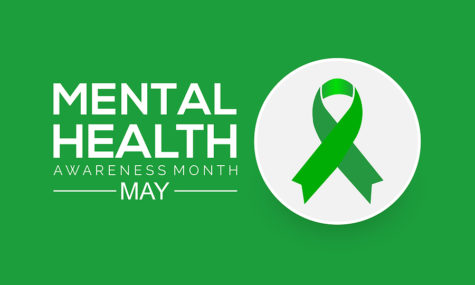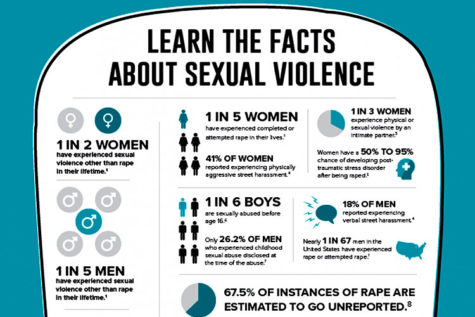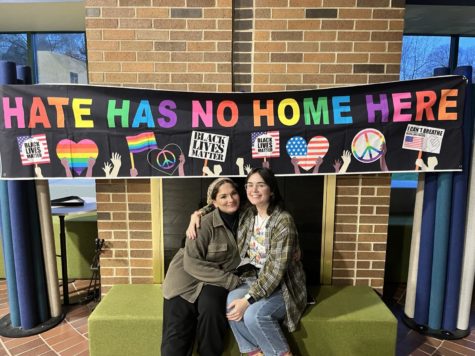Professor panel discusses emerging bacteria crisis
March 20, 2019
In the words of Amy Danowitz, Ph.D., associate professor of Chemistry “bacteria are so good at adapting because there is a massive evolutionary pressure to do so or die.”
Danowitz gave this insight on the startling issue of drug resistant bacteria at the faculty panel discussion on drug resistant bacteria on Feb. 20.
The Evelyn Lincoln Institute for Ethics and Society gathered a panel consisting of Danowitz, Lucy Thairu, Ph.D, assistant professor of Public Health and Randy Clemons, Ph.D., professor of Political Science in the Walker Recital Hall. In the talk entitled “Is This A Crisis?” the professors gathered to discuss the expansive problem of bacteria that are resistant to our means to stop them.
Exploring the issue with insight from the Chemistry, Political Science and Public Health departments, the panelists discussed concern from a scientific standpoint, but also how drug resistant bacteria can give rise to public health and policy implications.
“Every year two million Americans are infected with bacteria that are resistant to antibiotics,” Danowitz said. In fact, with these bacteria, disease can spread more rapidly because of how they stay in air traffic and flow from the contaminated animals to vegetable pathways in our water supplies.
One might ask, why not just make new antibiotics each time bacteria adapts?
This is easier said than done.
Thairu and fellow panelists explained. “Antibiotics and vaccines take a long time to develop,” Danowitz said, and the bacteria now are not just resisting antibiotics, but are resisting the techniques scientists have been using to destroy them.
Thairu provided the example of tuberculosis, which is tested for with a simple injection in the inner surface of the forearm. Despite being able to test for TB, 36% of TB carriers go undiagnosed and remain asymptomatic for a long time. This makes it very easy for the disease to spread, as one cough from a carrier can form diseased water droplets in the air for hours. What we are now seeing is a multidrug resistance to TB. When drugs used to kill bacteria do not kill off all of it, the remaining bacteria develops a resistance and becomes stronger.
The next logical question would be what to do about this.
If this issue is occurring everyday and the threat level is only increasing, why isn’t there more attention placed on this crisis? Clemons answered this question from a policy standpoint, stating, “This is a crisis, but the government isn’t involved yet, despite the evidence.” Information is not synthesized and currently exists as a large collection of facts over a clear government issue statement.
The vast majority of the public would not understand all the biology jargon used in reports, and therefore are not privy to the dangers posed. “A problem without a solution isn’t a problem,” Clemons said. “Scientists need to create a plan that the government deems appropriate before they are going to make this their number one priority.”
Lastly, there would need to be a focus on the recent outbreaks to create a widespread concern that could lead to policy.
Ultimately, the public remains largely unaware of the threat and the ways in which they can help reduce the impact.
Panelist solutions included computer simulations currently tracking the pathways of disease and mapping out weaknesses. They suggested that the future will consist of making drugs that will attack pathways that bacteria don’t have evolutionary resistance to, and aiming to get ahead of this global threat.







